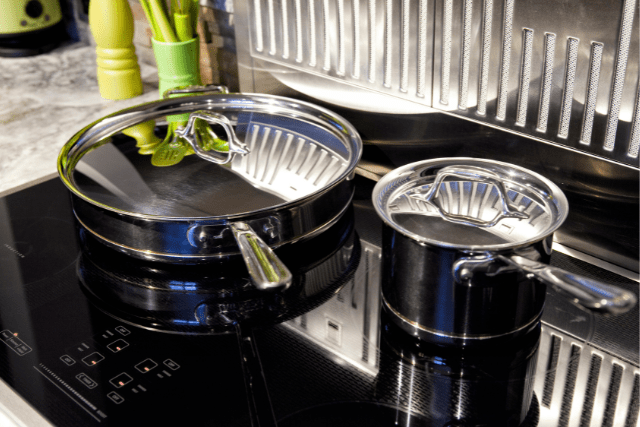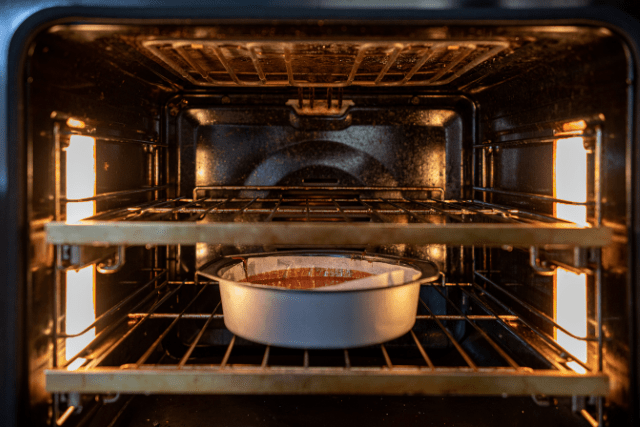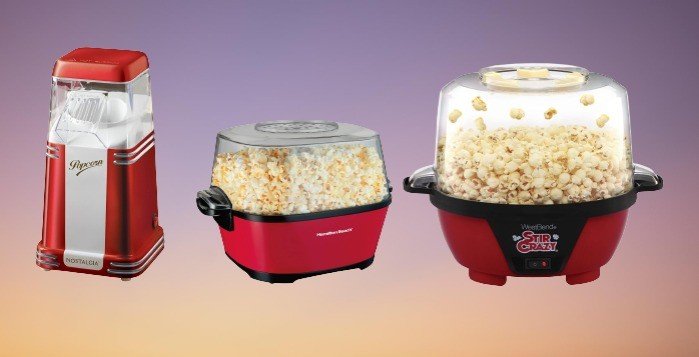One of the quintessential appliances in any kitchen is the mixer grinder. It eases the cooking process, making it possible to grind spices, puree foods, and mix ingredients in a flash.
But what happens when this reliable appliance starts to trip, interrupting your cooking flow and leaving you with half-done tasks?
Tripping, or unexpected shutdowns, can be a common issue many users face, but understanding why it happens can be the key to quick and efficient troubleshooting.
Mixer Grinder Tripping: Causes and Solutions
Let’s explore why a mixer grinder might trip and how to prevent or rectify this issue, ensuring a smooth, hassle-free cooking experience.
1. Overloading the Grinder
Overloading is the most common reason for mixer grinders tripping. Each grinder has a specified capacity for grinding or mixing. Loading more than this recommended amount exerts excessive stress on the motor, causing it to overload and trip.
Solution: Always adhere to the manufacturer’s instructions regarding the maximum capacity of the grinder. If you need to grind a larger quantity, do it in multiple batches rather than all at once.
2. Overheating of the Grinder
Mixer grinders are built for tough tasks, but continuous use can lead to the motor’s overheating. This increase in temperature triggers the grinder’s safety mechanism, causing the appliance to trip to prevent further damage.
Solution: It’s advisable to take short breaks between uses to allow the motor to cool down. If your recipe requires long periods of grinding, try to break it up into smaller, more manageable sessions.
3. Faulty Power Supply
A fluctuating or unstable power supply could also be the culprit behind your mixer grinder’s tripping problem. Power surges or voltage drops can affect the functioning of the appliance and lead to unexpected shutdowns.
Solution: Check your home’s power supply for any inconsistencies. You might consider using a voltage stabilizer if fluctuations are common in your area, as this can help protect your mixer grinder and other appliances from voltage-related issues.
4. Electrical Short Circuit
If the internal wiring of your mixer grinder has a short circuit, it might trip frequently. This is a more serious issue as it involves the appliance’s electrical system and can pose a safety risk.
Solution: Unless you have professional expertise, do not attempt to fix electrical issues yourself. Instead, get your mixer grinder checked and repaired by a certified technician to ensure safety and proper handling.
5. Worn Out Motor
Like any mechanical device, the mixer grinder’s motor can wear out over time. An old, worn-out motor might struggle to handle the load, leading to frequent tripping.
Solution: If your mixer grinder is old and the motor seems to be the problem, it might be time to replace it. In some cases, buying a new mixer grinder might be more cost-effective than repairing the old one.
6. Loose Parts or Damaged Blades
Loose parts or damaged blades inside the mixer grinder can also cause tripping. If the blades are not properly secured or are damaged, they may create an imbalance during operation, resulting in a safe trip.
Solution: Inspect the blades and other internal components regularly. If you notice any loose parts or damage, secure them or replace the blades with a professional.
7. Poor Maintenance
Sometimes, the problem isn’t a fault within the mixer grinder but rather poor maintenance. Accumulation of food particles and not cleaning the grinder properly after use can lead to a buildup that strains the motor, causing it to trip.
Solution: Clean your mixer grinder thoroughly after every use. Ensure no food particles are left inside the jars or near the motor. Regular maintenance will keep the appliance in good working order and prevent frequent tripping.
8. Inappropriate Use
Using the mixer grinder for purposes it’s not intended for can lead to tripping. For example, using a regular mixer grinder for heavy-duty tasks can overload the motor.
Solution: Always use the mixer grinder as per the manufacturer’s instructions. If you need to perform heavy-duty tasks, consider investing in a mixer grinder designed for such purposes.
9. Age of the Appliance
The age of the mixer grinder can also be a factor. Like any appliance, a mixer grinder’s efficiency decreases over time, leading to issues such as tripping.
Solution: If your mixer grinder is old and frequently causes problems, it might be time to replace it with a new one. Modern mixer grinders have improved technology and features, making them more efficient and less likely to trip.
10. Faulty Capacitor
The capacitor in your mixer grinder, which helps start the motor, could be faulty. This can cause the appliance to trip as it cannot sustain the operation once switched on.
Solution: If you suspect a faulty capacitor, it’s best to call a technician for a proper diagnosis and repair. Trying to fix electrical components without proper knowledge can be hazardous.
11. Motor Jamming
Sometimes, the motor might jam due to hardened residue of food materials. This jamming can lead to increased pressure on the motor when switched on, causing it to trip.
Solution: Make sure to clean the grinder thoroughly after each use. If the motor is jammed, it might require professional cleaning or, in extreme cases, a motor replacement.
12. Usage During Power Outages
If you use the mixer grinder during power outages with the aid of an inverter, it might trip due to the lower voltage supplied by the inverter.
Solution: Avoid using heavy appliances like mixer grinders on an inverter. They are designed for higher power and may not function optimally on reduced power.
13. Irregular Servicing
Like any other appliance, irregular servicing might lead to a sudden failure or tripping of your mixer grinder. This is because minor issues that could be caught and fixed during servicing can turn into significant problems if left unattended.
Solution: Regular servicing by a professional technician ensures that your mixer grinder remains in good condition and any potential issues are identified and resolved early.
14. Quality of the Appliance
Lastly, the quality of the appliance itself plays a vital role. A low-quality mixer grinder may not be designed to handle regular or intensive use, leading to frequent tripping.
Solution: Investing in a high-quality mixer grinder from a reputable brand can be more cost-effective in the long run. Such appliances are designed to last longer and are usually accompanied by good after-sales service.
Preventive Measures to Avoid Mixer Grinder Tripping
While the occasional tripping of your mixer grinder can be an annoying interruption, frequent occurrences could indicate an underlying issue. However, with the right preventive measures, you can minimize such instances:
Regular Cleaning:
Regular cleaning is the most straightforward yet often overlooked measure to prevent your mixer grinder from tripping. Over time, food particles can accumulate in various parts of the grinder, especially around the blades and the motor. This accumulation hampers the grinder’s efficiency and can lead to motor jamming, overheating, and tripping.
It’s recommended to clean your mixer grinder after every use. You can detach the jar and the blades from the main body and clean them separately. Most jars and blades are dishwasher-friendly; however, manual cleaning with warm water and mild dish soap works well too. Dry them thoroughly before reassembling them to prevent rust or electrical faults.
The motor body can be cleaned with a damp cloth. Avoid using water directly on it as it could lead to electrical issues. In addition, make sure no food particles are lodged in the vents, as they could lead to motor overheating.
Proper Use:
Using the mixer grinder per the manufacturer’s instructions is crucial to prevent tripping. Every mixer grinder has a user manual specifying its maximum capacity, the recommended number of operational minutes, the appropriate settings for different food items, and more. Not adhering to these instructions could lead to overloading or overheating, both common causes of tripping.
Avoid filling the jar to its maximum capacity, as it puts undue stress on the motor. Keep the fill level to about two-thirds of the jar’s capacity. Also, running the mixer grinder for extended periods can cause the motor to overheat. Most manufacturers recommend running the mixer grinder for 5-minute intervals with at least a 2-minute break in between.
Regular Breaks:
As you would need a break after intense work, so does your mixer grinder. The motor can heat up with prolonged use, leading to tripping. To prevent this, it’s necessary to allow the grinder to rest and cool down between uses.
For instance, don’t do it all at once if you’re grinding large ingredients. Break it into smaller batches, giving the grinder a few minutes of rest between each batch. This rest period allows the motor to cool down, thus reducing the chances of overheating and tripping.
Implementing these preventive measures can significantly reduce the chances of your mixer grinder tripping, ensuring its efficient operation and prolonging its lifespan.
Also Read: Unlocking the Full Potential of Your Small Mixer Grinders: A Comprehensive Guide
Conclusion
While a tripping mixer grinder can disrupt your kitchen routine, understanding the potential causes can empower you to take corrective measures. In many cases, issues like overloading and overheating can be addressed with simple changes in usage habits. Remember, regular maintenance and care can go a long way in prolonging your mixer grinder’s life and ensuring optimal performance.







